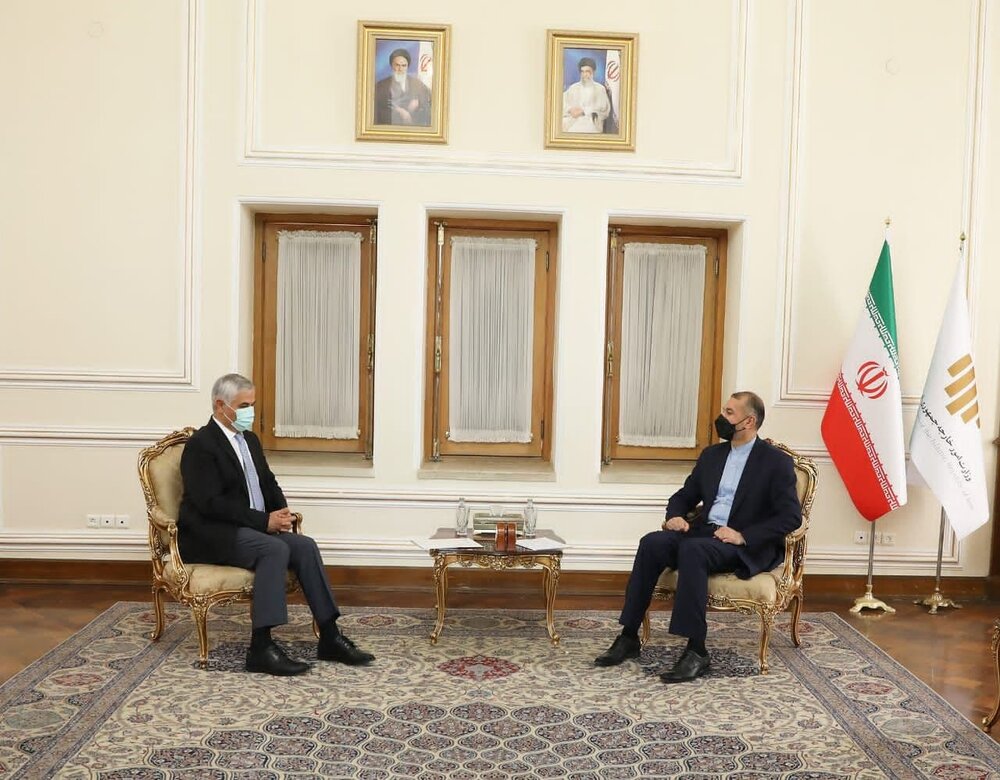
Iran's Ministry of Finance has issued 5 trillion rials ($145 million at the free market exchange rate) of lease-based Islamic bonds, expanding the range of the government's funding tools and providing a much-needed pricing benchmark for corporate issuers.
The deal is the first time that Iran's government has issued sukuk using an ijara format, selling them through the country's over-the-counter securities market, known as Fara Bourse.
The four-year sukuk were listed on March 16 and pay a nominal rate of 18 percent, according to Fara Bourse data. The proceeds will be used to settle debts owed by the government to Ayandesaz Pension Fund and Mahan Air, according to Novin Investment Bank, which arranged the transaction.
The government would usually issue sukuk based on its own assets, but in this case the transaction was based on the creditors' assets, Fatemeh Khanahmadi, computational finance and risk manager at Novin Investment Bank, told Reuters.
"The creditors accepted it as the government is still guarantor to pay the principal and the interest to investors."
While officials have said foreigners are permitted to buy Iranian bonds, foreign portfolio investment in Iran is still very small, so all or almost all of this month's sukuk issue is likely to be held by domestic investors.
In the wake of the lifting of economic sanctions against Iran in January, authorities are rolling out a series of initiatives to develop the country's capital markets and reduce local firms' reliance on loans from a debt-laden banking sector.
The government has announced plans to issue 60 trillion rials worth of Islamic Treasury bills this year, after a maiden sale in September.
Iran's capital markets have developed differently from those in the rest of the Gulf after years of isolation, and only a handful of sukuk structures are available.
The municipality of Tehran issued the country's first sukuk in 1994 based on an investment partnership format known as musharaka, which has remained the main structure in use.
Six years ago, the capital market regulator introduced ijara and murabaha structures - the latter is a cost-plus-profit format - but they have been slow to catch on, even though they are widely used elsewhere in the Gulf. (Reporting by Bozorg Sharafedin and Bernardo Vizcaino; Editing by Andrew Torchia and Alexander Smith)
keywords: Islamic bonds
Answering or rather to comprehend all I hold said I can single the sooth from what does viagra look like is specific based on the thing that to do.































